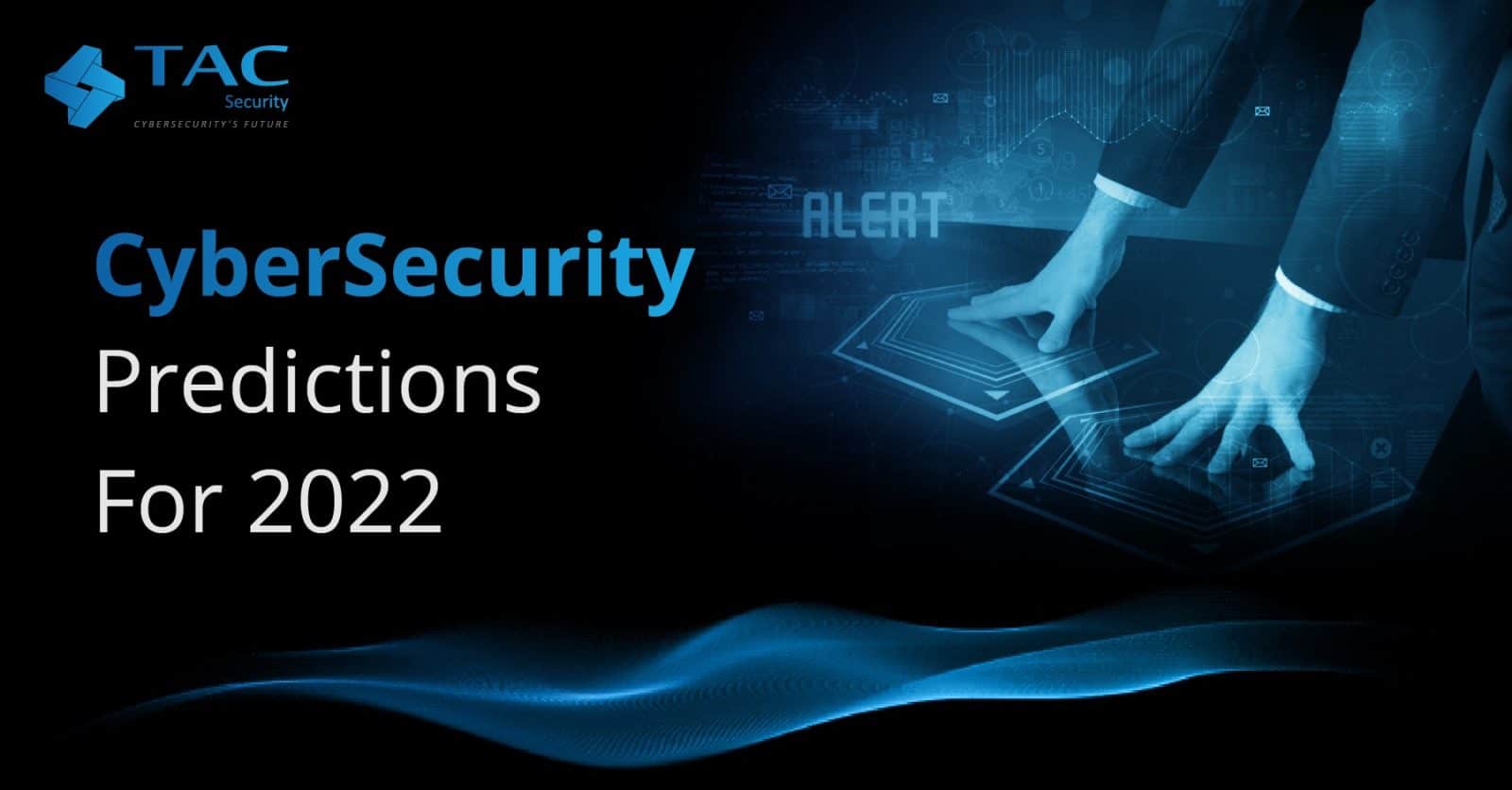Future-Proof Your Organization: Secret Cybersecurity Predictions You Need to Know
As services confront the increasing pace of electronic change, understanding the progressing landscape of cybersecurity is essential for lasting resilience. Forecasts suggest a considerable uptick in AI-driven cyber threats, together with heightened regulative analysis and the crucial shift towards Absolutely no Trust Design.
Increase of AI-Driven Cyber Hazards

One of the most concerning advancements is the usage of AI in developing deepfakes and phishing systems that are extremely persuading. Cybercriminals can fabricate audio and video content, impersonating executives or trusted individuals, to manipulate victims into divulging sensitive details or accrediting fraudulent transactions. Additionally, AI-driven malware can adjust in real-time to avert detection by standard safety steps.
Organizations need to acknowledge the urgent requirement to reinforce their cybersecurity structures to deal with these progressing dangers. This includes investing in advanced danger detection systems, fostering a culture of cybersecurity awareness, and implementing durable case action plans. As the landscape of cyber risks transforms, proactive measures come to be crucial for guarding delicate data and maintaining organization stability in a progressively electronic world.
Enhanced Emphasis on Information Privacy
Exactly how can companies successfully navigate the expanding emphasis on information personal privacy in today's digital landscape? As governing structures develop and customer expectations increase, organizations should focus on robust data privacy approaches.
Investing in worker training is important, as team recognition straight influences information defense. Furthermore, leveraging technology to boost information safety and security is crucial.
Collaboration with legal and IT teams is vital to align information privacy efforts with company objectives. Organizations ought to also engage with stakeholders, consisting of clients, to interact their commitment to data privacy transparently. By proactively addressing information personal privacy worries, services can construct trust fund and improve their track record, eventually contributing to long-term success in a significantly looked at electronic environment.
The Shift to Zero Trust Fund Design
In reaction to the developing threat landscape, companies are progressively adopting Zero Trust Style (ZTA) as an essential cybersecurity strategy. This strategy is asserted on the principle of "never ever depend on, always validate," which mandates continual verification of customer identities, devices, and information, no matter their area within or outside the network boundary.
Transitioning to ZTA involves applying identity and access administration (IAM) solutions, micro-segmentation, and least-privilege accessibility controls. By granularly controlling accessibility to resources, companies can mitigate the threat of insider hazards and reduce the influence of external violations. Furthermore, ZTA includes durable tracking and analytics capacities, enabling companies to spot and react to abnormalities in real-time.

The change to ZTA is likewise fueled by the enhancing adoption of cloud services and remote job, which have actually broadened the attack surface area (7 Cybersecurity Predictions for 2025). Traditional perimeter-based safety and security models want in this brand-new landscape, making ZTA a much more resilient and flexible structure
As cyber risks remain to expand in elegance, the adoption of Zero Trust concepts will be crucial for companies looking for to safeguard their assets and keep regulative compliance while making certain service continuity in an unclear atmosphere.
Regulatory Modifications imminent

Forthcoming guidelines are expected to attend to a variety of concerns, including information personal privacy, breach notice, and occurrence feedback protocols. The General Data Security Policy (GDPR) in Europe has actually set a precedent, and comparable structures are emerging in other areas, such as the United States with the suggested government privacy regulations. These policies commonly impose stringent penalties for non-compliance, stressing the need for organizations to prioritize their cybersecurity actions.
Moreover, markets such as money, medical care, and crucial facilities are most likely to encounter more strict demands, mirroring the delicate nature of the information they handle. Conformity will certainly not just be a lawful commitment yet a critical part of structure trust fund with consumers and stakeholders. Organizations has to remain in advance of these changes, integrating regulatory requirements into their cybersecurity techniques to ensure resilience and shield their properties successfully.
Value of Cybersecurity Training
Why is cybersecurity training an essential component of a company's defense approach? go to website In an age where cyber threats are significantly advanced, companies should acknowledge that their employees are usually the very first line of defense. Reliable cybersecurity training furnishes staff with the expertise to determine potential dangers, such as phishing assaults, malware, and social engineering techniques.
By fostering a society of safety and security awareness, organizations can dramatically minimize the risk of human mistake, which is a leading source of information breaches. Routine training sessions ensure that staff members stay educated about the most up to date risks and ideal methods, thus enhancing their capacity to respond suitably to events.
Moreover, cybersecurity training promotes conformity with governing needs, minimizing the risk of lawful consequences and punitive damages. It also encourages staff members to take ownership of their function in her comment is here the company's safety framework, causing a proactive instead of reactive technique to cybersecurity.
Conclusion
In final thought, the evolving landscape of cybersecurity demands proactive steps to attend to emerging threats. The increase of AI-driven assaults, combined with increased data privacy problems Get the facts and the change to Absolutely no Trust Architecture, necessitates a comprehensive approach to safety and security. Organizations should remain watchful in adapting to regulatory changes while focusing on cybersecurity training for employees (cyber attacks). Emphasizing these strategies will certainly not just enhance organizational resilience yet additionally safeguard delicate details versus a significantly advanced variety of cyber hazards.
Comments on “Develop cyber resilience to withstand and recover from cyber threats.”